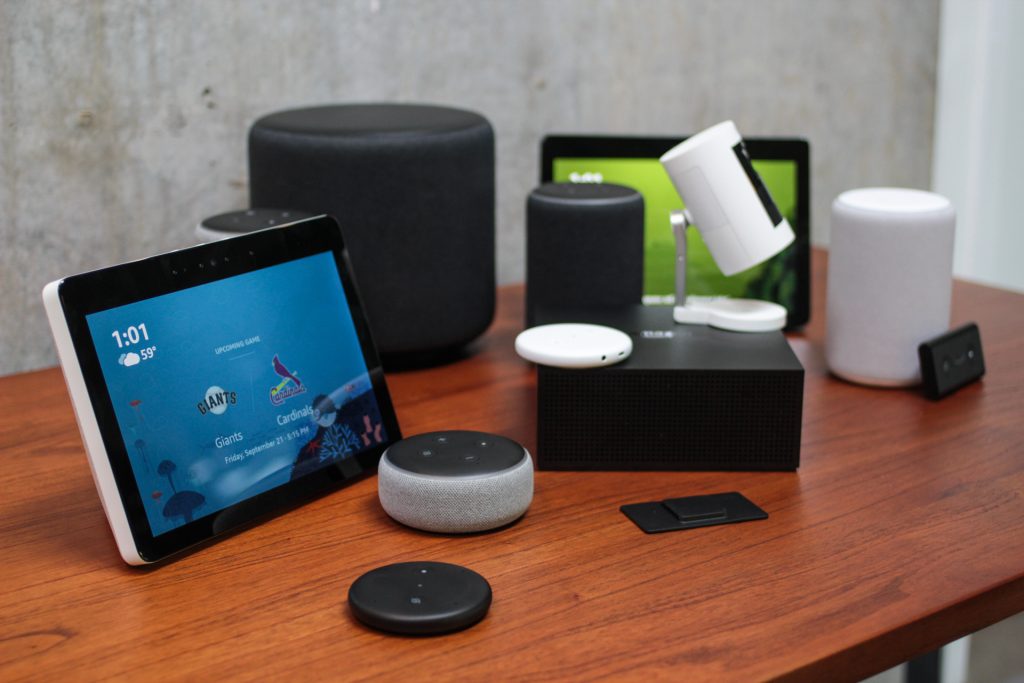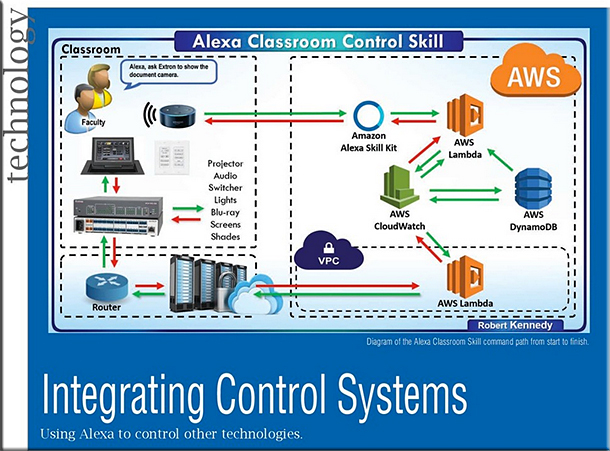Robots won’t replace instructors, 2 Penn State educators argue. Instead, they’ll help them be ‘more human.’ — from edsurge.com by Tina Nazerian
Excerpt:
Specifically, it will help them prepare for and teach their courses through several phases—ideation, design, assessment, facilitation, reflection and research. The two described a few prototypes they’ve built to show what that might look like.
Also see:
The future of education: Online, free, and with AI teachers? — from fool.com by Simon Erickson
Duolingo is using artificial intelligence to teach 300 million people a foreign language for free. Will this be the future of education?
Excerpts:
While it might not get a lot of investor attention, education is actually one of America’s largest markets.
The U.S. has 20 million undergraduates enrolled in colleges and universities right now and another 3 million enrolled in graduate programs. Those undergrads paid an average of $17,237 for tuition, room, and board at public institutions in the 2016-17 school year and $44,551 for private institutions. Graduate education varies widely by area of focus, but the average amount paid for tuition alone was $24,812 last year.
Add all of those up, and America’s students are paying more than half a trillion dollars each year for their education! And that doesn’t even include the interest amassed for student loans, the college-branded merchandise, or all the money spent on beer and coffee.
Keeping the costs down
Several companies are trying to find ways to make college more affordable and accessible.
But after we launched, we have so many users that nowadays if the system wants to figure out whether it should teach plurals before adjectives or adjectives before plurals, it just runs a test with about 50,000 people. So for the next 50,000 people that sign up, which takes about six hours for 50,000 new users to come to Duolingo, to half of them it teaches plurals before adjectives. To the other half it teaches adjectives before plurals. And then it measures which ones learn better. And so once and for all it can figure out, ah it turns out for this particular language to teach plurals before adjectives for example.
So every week the system is improving. It’s making itself better at teaching by learning from our learners. So it’s doing that just based on huge amounts of data. And this is why it’s become so successful I think at teaching and why we have so many users.
From DSC:
I see AI helping learners, instructors, teachers, and trainers. I see AI being a tool to help do some of the heavy lifting, but people still like to learn with other people…with actual human beings. That said, a next generation learning platform could be far more responsive than what today’s traditional institutions of higher education are delivering.









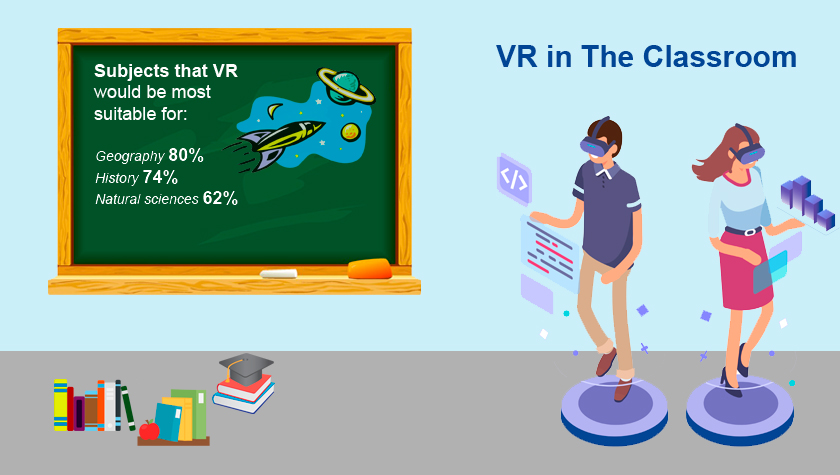
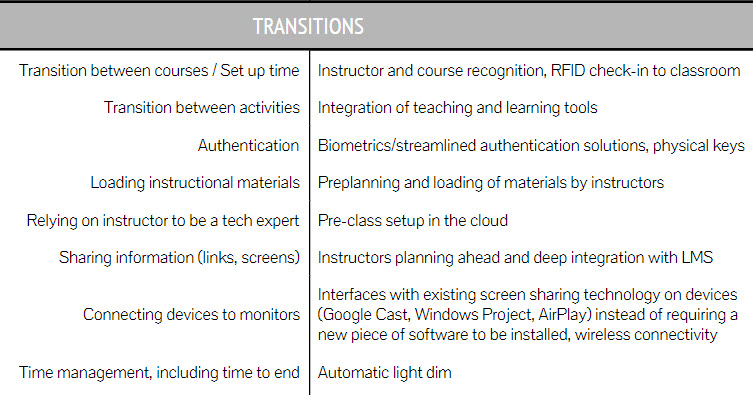


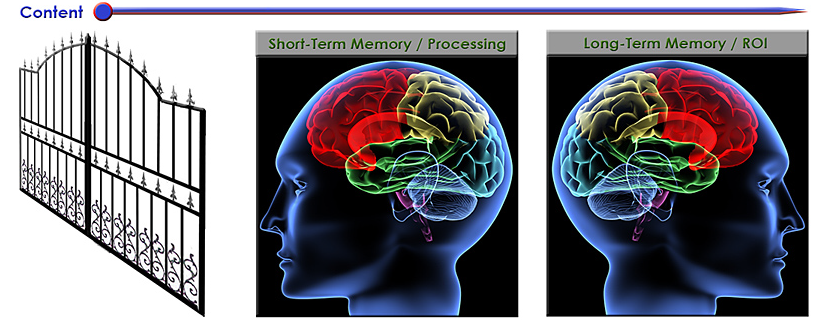
![The Living [Class] Room -- by Daniel Christian -- July 2012 -- a second device used in conjunction with a Smart/Connected TV](http://danielschristian.com/learning-ecosystems/wp-content/uploads/2012/07/The-Living-Class-Room-Daniel-S-Christian-July-2012.jpg)




